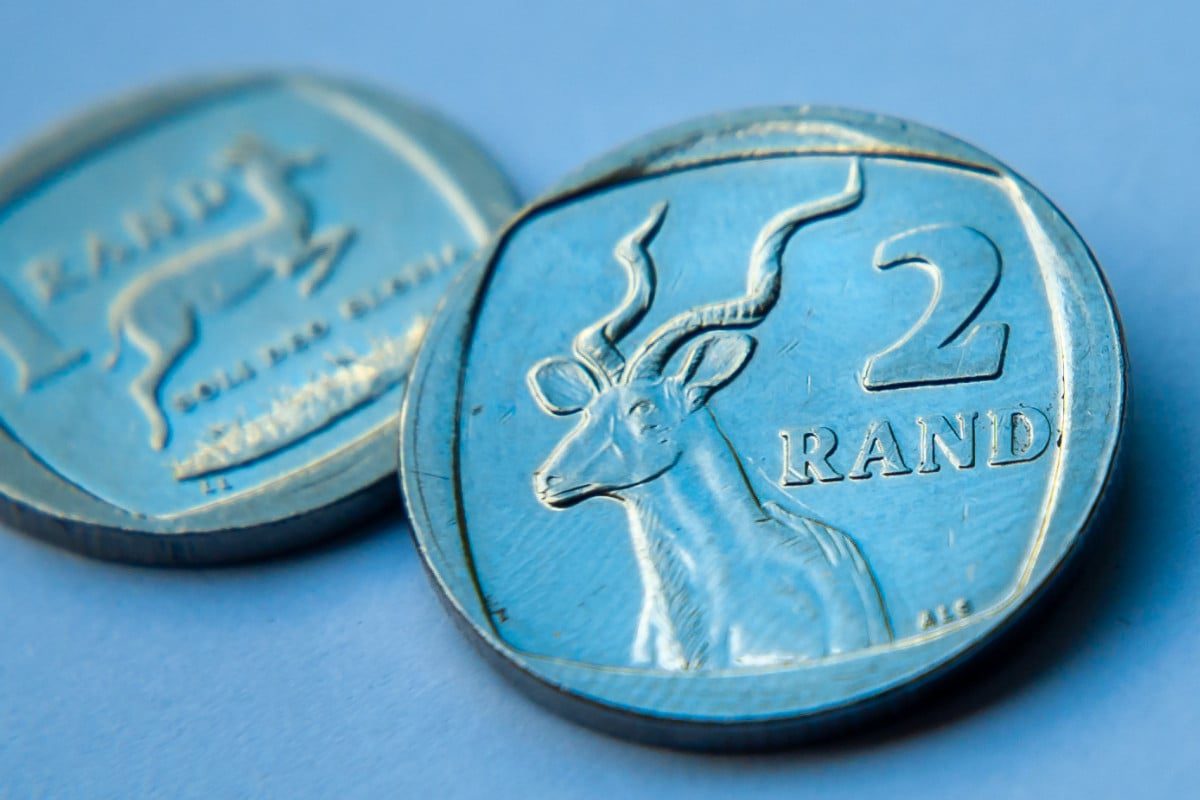Global Courant 2023-04-18 14:42:38
The South African rand strengthened early Tuesday on a weakening dollar in global markets ahead of the release of the local business confidence index.
This followed the rand’s rise on Monday after the dollar fell more than 1.3% on US economic indicators that pointed to the Federal Reserve raising rates again in May.
Private sector sentiment in South Africa is expected to be released on Tuesday, illustrating corporate confidence in the current state of affairs.
Crippling power cuts by struggling state energy company Eskom were a key factor behind a drop in business confidence in January, according to Reuters. However, the shedding has not lessened and has only increased in severity and frequency.
On Wednesday (March 19), the market will focus on the March consumer price index, which could affect whether the South African Reserve Bank (SARB) would hike rates again.
Investec chief economist Annabel Bishop said the rand reacted positively to declining sentiment for US growth and the banking system.
Bishop said markets are ultimately cautious as the full effect of cycles of rate hikes is yet to be felt.
The cautious tone in global financial markets worried about higher interest rates has led to varying degrees of risk aversion over the past 12 months, Bishop said.
This has led to fluctuating risk-off sentiment. However, there are a handful of positive results for the edge.
She added that the IMF warned that, in the US context:
“Under the surface, however, turbulence is mounting and the situation is quite fragile, as the recent spate of bank instability reminded us that the sharp policy tightening … is having serious side effects for the financial sector.”
“So we are entering a dangerous phase in which economic growth remains low by historical standards and financial risks have increased, but inflation has not yet definitively turned the corner.”
“Financial institutions with excessive leverage, credit risk or interest rate risk, over-reliance on short-term funding, or located in jurisdictions with limited fiscal space could become the next target.”
“The same goes for countries with weaker perceived fundamentals. A sharp tightening of global financial conditions – a ‘risk-off’ shock – could have a dramatic impact on credit conditions and public finances, especially in emerging markets and developing economies.”
“With a large outflow of capital, a sudden increase in risk appetite, an appreciation of the dollar in a rush to safety and large declines in global activity amid lower confidence, household spending and investment.”
“In such a severe downturn scenario, global GDP per capita could almost fall — an outcome we estimate the probability to be about 15%.”
Positive performance for the rand is not expected to last very long, and the currency remains highly volatile and subject to international risk appetite.
Late last month, Nedbank listed some of the key domestic drivers of the rand beyond the reverse ties to the dollar:
Declining growth prospects in case of outages; Explosive revelations from former Eskom CEO Andre De Ruyter about government involvement in corruption; the Gray Listing by the Financial Action Task Force, which led to a significant outflow of capital from the stock market; A disappointing set of Q4 2022 GDP numbers reflecting the impact of rolling blackouts; S&P Global’s downgrading of the country’s credit rating from positive to neutral; A disappointing cabinet reshuffle by President Cyril Ramaphosa expanded an already bloated cabinet.
The rand is currently traded at:
R18.18/$ R19.95/€ R22.61/£
Read: South African households are in serious trouble








